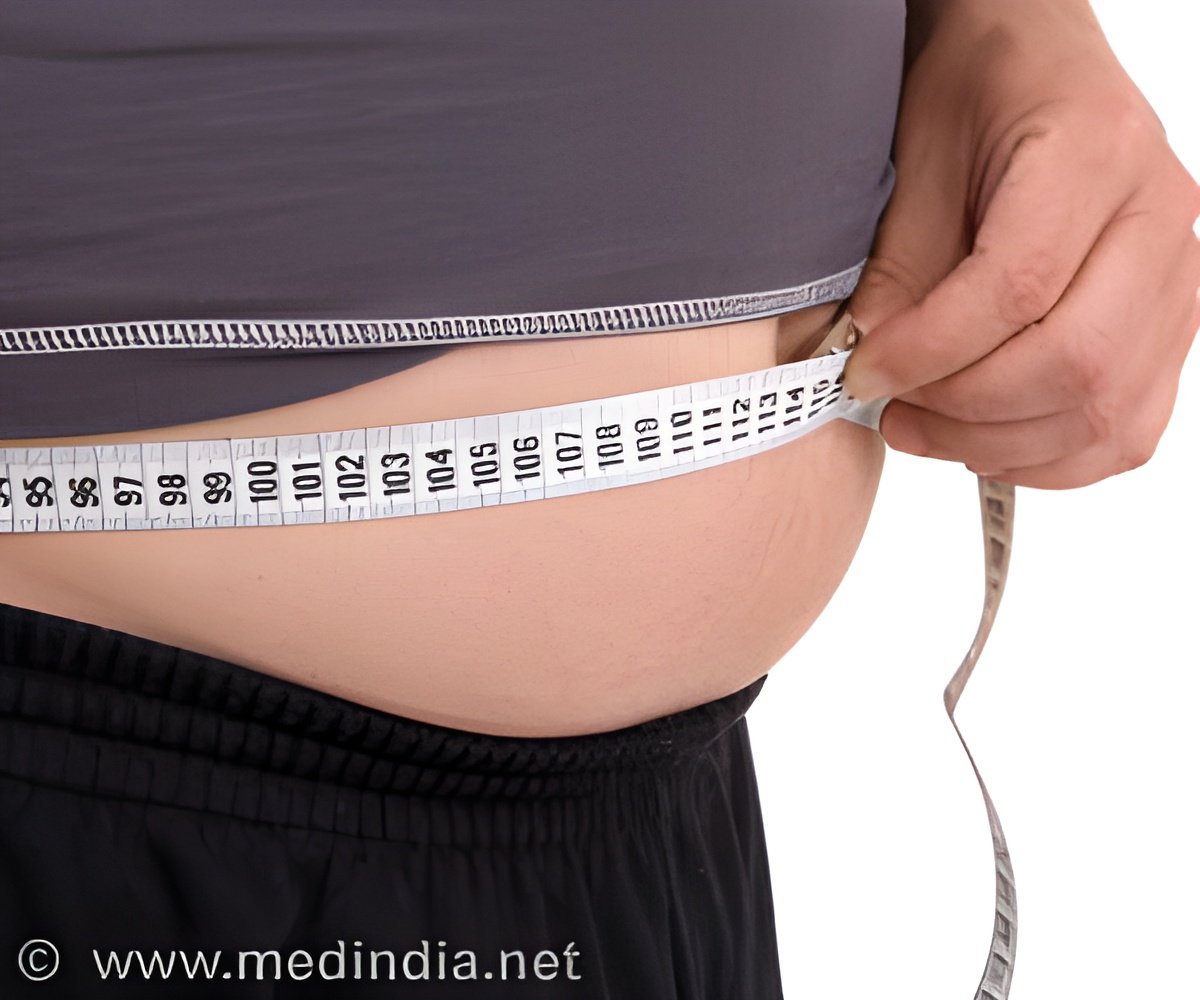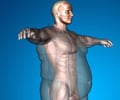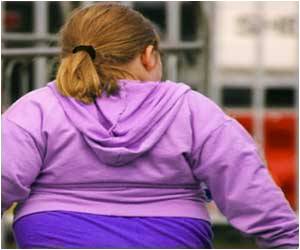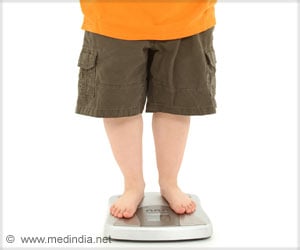
"Most people talk about it as if it's a cycle," senior-author Tucker said.
"Half of the cycle has been studied almost without limit. This is the first study of its kind, in many ways, looking at obesity leading to decreases in physical activity over time," he said.
To study this reciprocal effect objectively, the researchers attached an accelerometer to more than 250 participants.
Accelerometers measure actual movement and intensity of activity. Previous studies have relied on less-dependable self-reported data.
"Roughly 35 percent of the population reports that they're regularly active," Tucker said.
Advertisement
The 254 female participants - 124 of which were considered obese - were instructed to wear the accelerometer for seven consecutive days at the beginning of the study, and then again for an additional week 20 months later, at the end of the study.
Advertisement
This is equivalent to decreasing moderate to vigorous physical activity by 28 minutes per week.
In contrast, non-obese women demonstrated essentially no change in the amount of physical activity they were participating in weekly.
The study is published online in the journal Obesity.
Source-ANI









